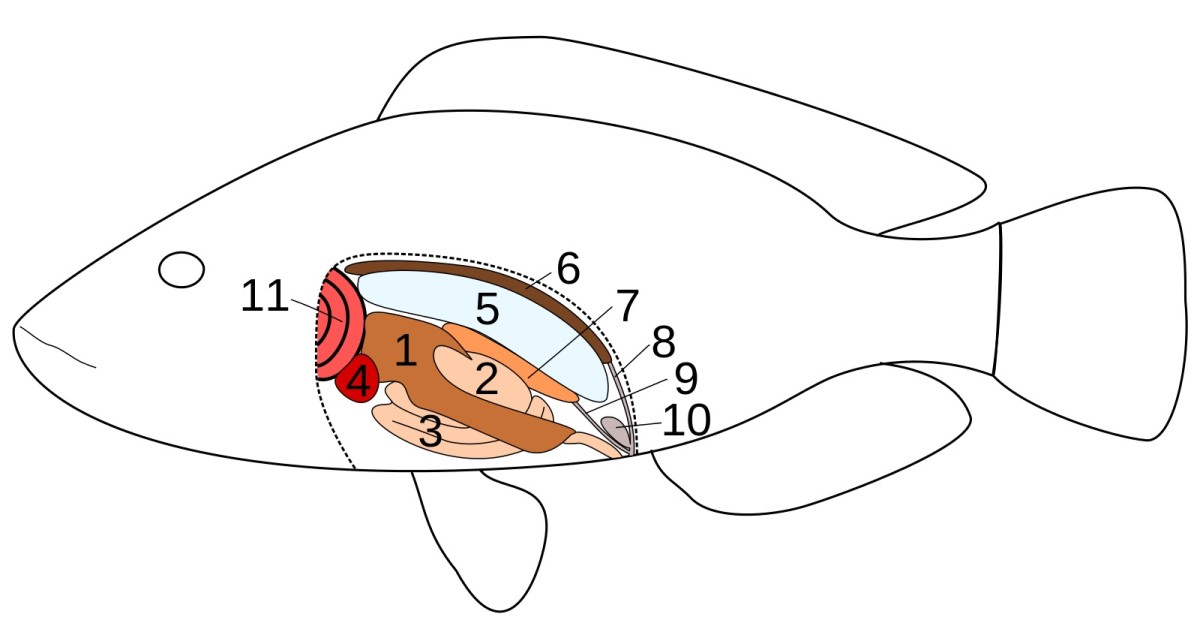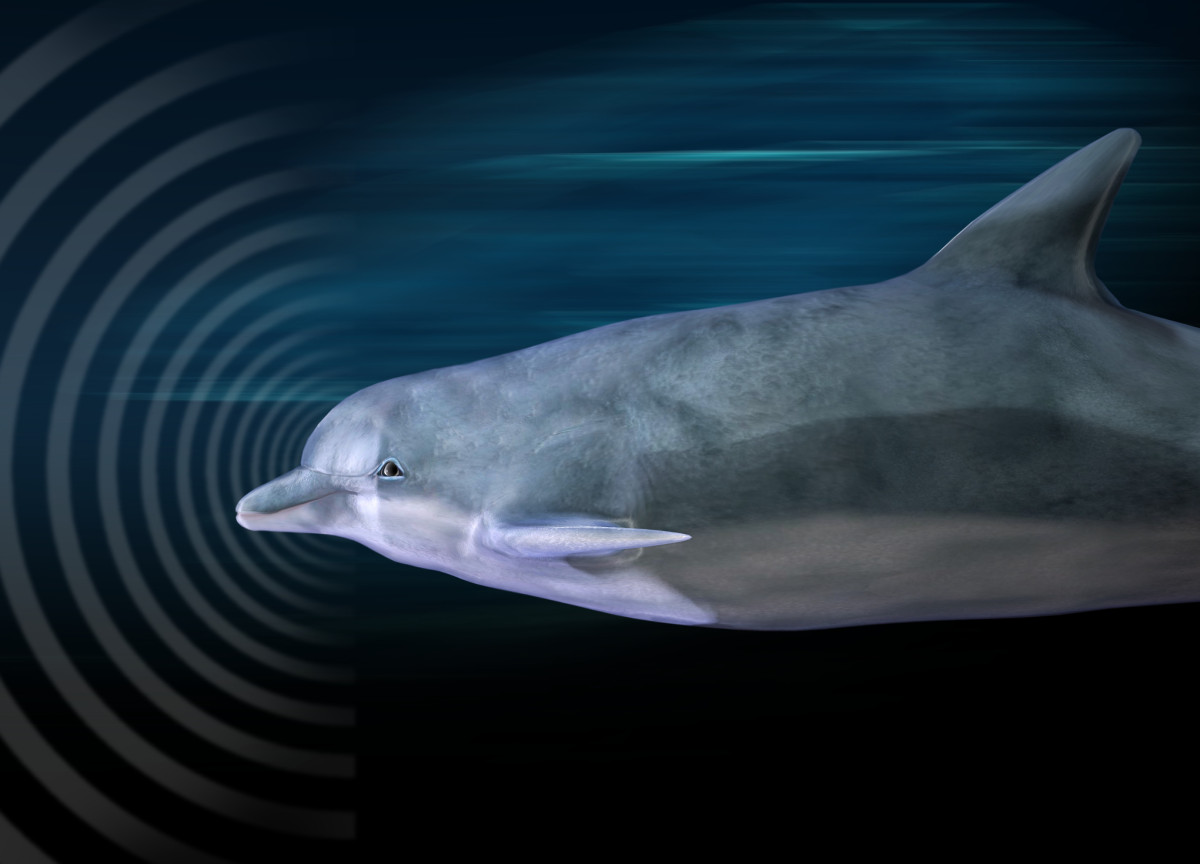In the world, underwater, sound can travel much greater distances than in air strong echoes emitted by different aquatic animals like fish are almost always present underwater, as very little noise is lost so this gives fish a huge advantage for survival in their environment. Do fish hear sound?
Yes, but according to the National Wildlife Federation, fish don’t have ears that we can see, but they are equipped with internal ear parts inside their heads that pick up sound through their body combined with the ability to sense movement under H2O using lateral lines that run down each side of their body.
Fish ears are located under the skin, in the fish’s skull & near the eyes used for balance and hearing. A fish’s hearing is so good they can hear a worm crawling on the bottom of a lake.
Do Fish Hear Sound?
Fish can hear underwater, although their hearing mechanisms differ significantly from those of terrestrial animals. Unlike humans, fish do not have external ears. Instead, they have inner ears with otolith structures, which help them detect sound vibrations.

These otoliths are dense, calcareous structures that respond to the pressure waves traveling through water. Additionally, many fish have a lateral line system, a series of fluid-filled canals along their bodies that detect vibrations and changes in the water current.
Sound travels faster and farther in water than in air, which enhances a fish’s ability to hear over long distances. This capability is crucial for survival, aiding in navigation, finding food, avoiding predators, and communicating with other fish. Some species of fish also produce sounds using their swim bladders or specialized muscles, which can be used for communication, particularly during mating seasons.
Fish can detect a wide range of frequencies, though the exact range varies among species. For example, some fish can hear frequencies from 20 to 3000 Hz, while others may detect sounds beyond this range. The sensitivity of a fish’s hearing is often adapted to their specific environment. For instance, fish living in noisy environments, like coral reefs, may have more acute hearing abilities to differentiate between sounds.
Research has shown that fish are capable of distinguishing between different sounds, which suggests a complex auditory processing system. Environmental noise pollution, such as from boats and industrial activities, can interfere with their hearing and behavior. This disruption can affect their ability to communicate, find mates, and detect predators, ultimately impacting fish populations.
Interestingly, some fish, like the goldfish, have been subjects of extensive hearing research. Goldfish can be trained to respond to auditory stimuli, demonstrating their ability to perceive and react to different sounds. Overall, fish hearing is a vital sense that plays a significant role in their daily lives and ecological interactions.
Fish don’t have ears that we can see on their body, but they do have ear parts inside their heads. According to the National Wildlife Federation, they pick up sounds in the water through their bodies and in their internal ear. In many fish, the swim bladder produces sound. The sonic muscle, which is attached to the swim bladder, contracts and relaxes sequentially making a vibrating sound.

Otoliths are calcium carbonate structures found beneath the brain of most fish that aid in balance and hearing. The otoliths are not attached to the skull or any other bone, they float in fluid-filled sacs in the inner ear. Most fish have three pairs of otoliths
Fish obtain much information about their environment by using their sense of hearing and listening to the sounds around them. Because sound propagates rapidly and travels over great distances in water as compared to in the air, it provides fish with information from far greater distances and more than other sensory stimuli.
Fish usually hear best within the 30-1000Hz range with some species that can detect up to 5000Hz and other very exceptional species that are sensitive to infrasound or ultrasound for comparison, humans can generally hear between 20 to 20,000Hz. With not getting too technical, the lateral line along the side of some fishes is comprised of cilia that are akin to the cilia that line the cochlea of the inner ears of terrestrial vertebrates.
Sound is physical energy induced in a medium as a consequence of some mechanical action imposed in the medium. The energy – called “acoustical energy” is a combination of two characteristics: pressure gradient, and particle motion. The relative intensities of these two characteristics depend on the medium’s physical characteristics.
- Air is highly compressible so pressure gradient energy is more pronounced in air, and why terrestrial vertebrates have pressure-sensing diaphragms to perceive sound.
- Water is not very compressible, so particle motion is more pronounced in water than in air giving rise to a variety of particle-motion acoustical adaptations found in marine animals.
Because sound in water can travel a great distance a lot faster than sound in air. Fish have an extra sensitive hearing advantage because of the extra sensitive nerve endings located in the Lateral Line.
While the other senses fish have no doubt were also found in primitive fishes, their great sense of hearing provided invaluable added information that helped fishes to survive and thrive. In considering all of the sensory abilities an animal has, each one of the senses provides a certain type of information and each sense has special roles that enable an animal to survive and thrive in its environment.
Like all other living organisms, fish have survived by acquiring information about their world through the senses:
- Sight
- Smell
- Taste
- Touch
- Hearing
- Lateral Lines-is a set of ultra-sensitive nerve endings that run alongside of fish from the gills ……………………………read more
Fish use taste buds, just like humans do except they have a lot more some are on their tongue and others are on the outside of their body fish taste buds are able to distinguish between sweet, salty, sour, and bitter, and flavors are used in Fish Attractants.……………………………..read more
How Do Fish Use Sound Underwater
Many species of fish and aquatic animals also use sound. Fishes produce various sounds, including grunts, croaks, clicks, and snaps, that are used to attract mates as well as ward off predators. Big eye scad, a tropical fish, produces sounds using its pharyngeal teeth.
In many fish, the swim bladder produces sound. The sonic muscle, which is attached to the swim bladder, contracts and relaxes sequentially making a vibrating sound.
All fish species use their hearing to find food and mates, avoid predators, and navigate. Sound is critical to the survival of a great many marine species. 3 types of sounds are generally used by fish to communicate with one another:
- purr
- crock
- pop
Most of these sounds are inaudible to humans and are used during spawning, breeding, and fighting. Sound is also used to navigate from one place to another and to identify the presence of predators and prey.
How Do Fish Use Sound Underwater
Fish utilize sound in various ways underwater, enhancing their ability to survive and thrive in their aquatic environments.
Are Fish Attracted to Sound Underwater
Yes, in addition to using their fins for swimming, many fish use them to sense pressure or textures when making contact with surfaces, recent studies show, it turns out pectoral fins have evolved in some fish species and are as sensitive to touch as the fingertips.…………………………………………read more

References:
Ocean Conservation Research- How Do Fish Hear?
FAQ’s
Can fish hear sounds underwater? Yes, fish can hear sounds underwater. They use inner ear structures called otoliths to detect sound vibrations and have a lateral line system that senses changes in water pressure and currents.
How do fish use sound to communicate? Fish use sound to communicate for various purposes such as attracting mates, signaling territory, coordinating movements in schools, and warning others of predators. They produce sounds using their swim bladders or specialized muscles.
What types of sounds attract fish? Fish are often attracted to sounds that indicate the presence of food or suitable habitats. These include the noises made by prey, such as crustaceans or other fish feeding, as well as natural sounds like flowing water that can signal oxygen-rich areas.
Are all fish equally sensitive to sound? No, the sensitivity to sound varies among fish species. Different species have varying ranges of frequencies they can hear, adapted to their specific environments. Some fish can hear from 20 to 3000 Hz, while others may detect sounds outside this range.
Do fish produce sounds? Yes, many fish produce sounds using their swim bladders, fins, or by grinding their teeth. These sounds are often used for communication, particularly during mating seasons, or to establish territory.
Can fish use sound to find food? Yes, fish use sound to locate prey. They can detect the vibrations and noises made by potential prey, which helps them hunt more effectively, especially in environments where visibility is low.
How does noise pollution affect fish? Noise pollution from boats, industrial activities, and other human sources can interfere with fish hearing, causing stress, disorientation, and disruption in communication. This can affect their ability to find mates, avoid predators, and navigate.

